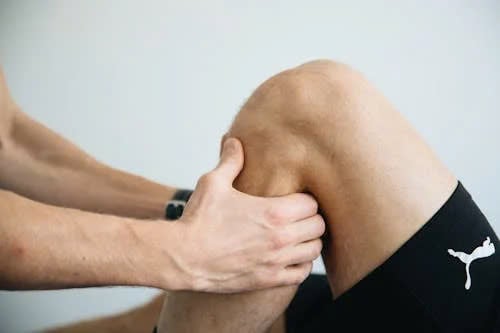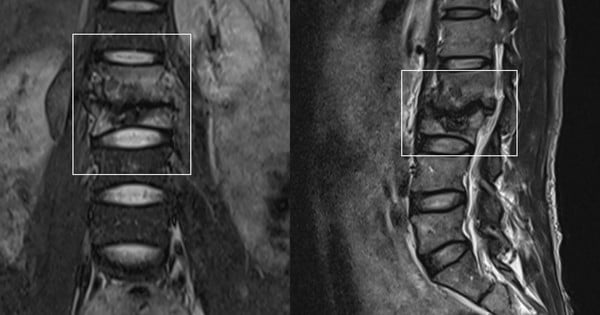So, it is important to recognize the signs of too much walking, take precautions and if the symptoms are persistent or severe, seek medical attention, the Times Of India reported.
Here, Dr. Anuj Chawla, consultant - orthopedic specialist at CK Birla Hospital Gurugram (India), shares some precautions when walking for exercise that you need to follow.

Walking is a great way to exercise, but too much walking can cause many health problems.
What should I watch out for if I walk too much?
Walking too much can cause a number of health problems, so it's important to recognize the signs of overexertion when walking to avoid injury and protect your overall health.
Here are some common problems that can occur due to walking:
Lower back pain. One health problem associated with walking is lower back pain, especially for people with poor posture or weak core muscles. Stress on the spine and lower back muscles from walking too much or even standing for long periods of time can cause pain ranging from a dull ache to sharp pain, according to the Times Of India.
Foot pain. Pain in the feet, especially the heels, arches, and toes, is an early sign of overexertion. Plantar fasciitis often occurs when you hike long distances without adequate rest stops or wear improper footwear.
Muscle and joint pain. According to Dr. Chawla, leg pain, especially in the thighs and calves, is a common sign of too much walking. This pain usually peaks 24 to 48 hours later. Persistent or severe pain is a sign of overtraining. Additionally, straining the knees and hips from too much walking, especially on hard ground, can cause joint pain, leading to pain in the knees or patellas.

Overstretching the knees and hips from walking, especially on hard surfaces, can cause joint pain, leading to pain in the knees or patellas.
Swollen feet. Another typical sign of walking too much is swollen feet and ankles, according to Dr. Akhilesh Yadav, Deputy Head of Orthopedics and Joint Replacement, Max Vaishali Hospital (India).
Shin pain. Another problem is shin pain, which runs along the inside or front of the lower leg. This condition often occurs in people who suddenly increase the distance or intensity of their walking, causing inflammation of the muscles, tendons, and bone tissue around the shin bone.
To reap the benefits and avoid the risk of injury, listen to your body, wear appropriate footwear and gradually increase the intensity of your walk. In particular, if the symptoms are severe or persistent, you need to see a doctor, according to the Times Of India.
Source: https://thanhnien.vn/bac-si-dan-di-bo-rat-tot-nhung-hay-can-than-nhung-van-de-nay-185240919233941069.htm































![[Photo] "Beauties" participate in the parade rehearsal at Bien Hoa airport](https://vstatic.vietnam.vn/vietnam/resource/IMAGE/2025/4/11/155502af3384431e918de0e2e585d13a)
































































Comment (0)